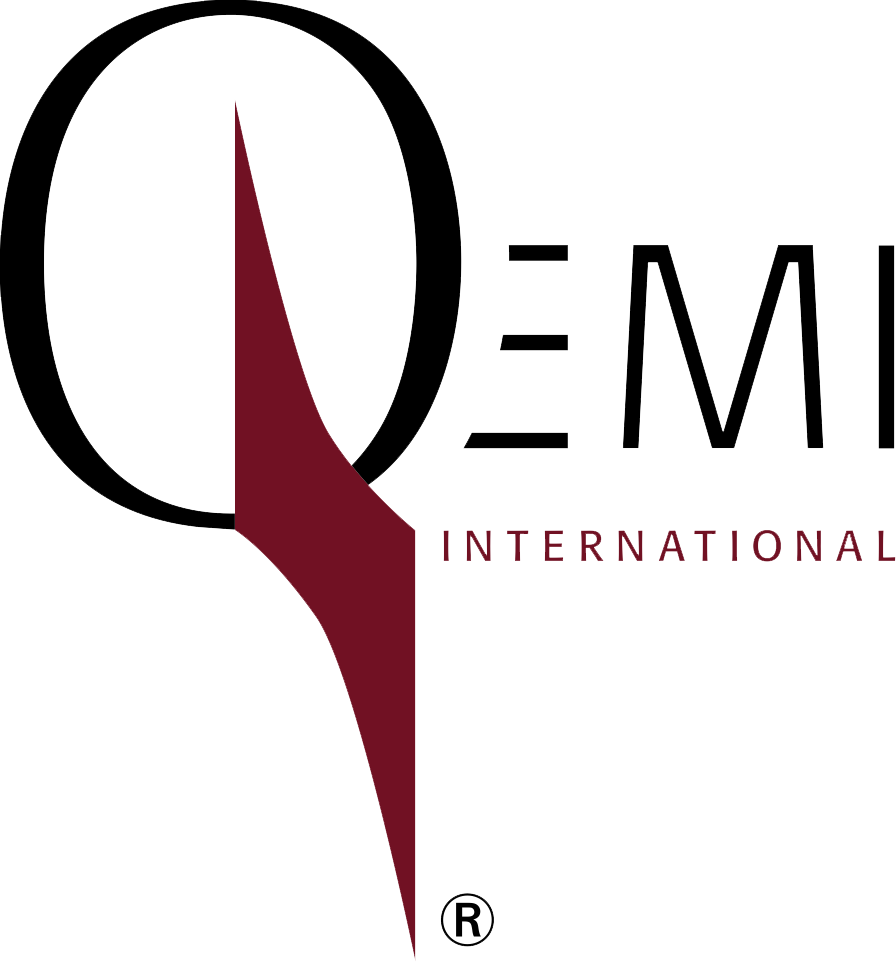The Coagulation Process Explained
Coagulation is an essential mechanism that occurs in most conventional water and wastewater treatment plants. Innumerable dissolved particles and substances are found in natural water, including microorganisms like algae, bacteria, toxic compounds, disease-causing pathogens, and viruses. This affects the water quality and may cause turbidity and discoloration, restraining its usage.
Therefore, many water treatment systems incorporate coagulation, which encourages small suspended solids to clump together, thereby making them easier to remove. Coagulation treatment neutralizes the negative electrical charge on particles, which destabilizes the forces keeping colloids apart.
It is often used alongside flocculation. Both coagulation and flocculation eliminate a massive quantity of both organic and inorganic compounds and suspended particles that interrupt with disinfection of water.
The Main Types of Coagulants
Water treatment coagulants are composed of positively charged molecules that, when added to the water and mixed, accomplish this charge neutralization. Inorganic, organic, or a combination of both coagulant types are typically used to treat water for suspended solids removal.
Coagulants can be used to remove a wide variety of hazardous materials from water, ranging from organic matter and pathogens, to inorganics and toxic materials, like arsenic, chemical phosphorus, and fluoride. By eliminating the larger particles in the solution, filtration membranes won’t foul, tear or clog as quickly.
Organic Coagulants
These are typically used for solid-liquid separation when a reduction in sludge generation is required. Organic coagulants can be based on mainly two types of chemistries:
Polyamines and PolyDADMACs:
These are considered to be the most widely used classes of organic coagulation chemicals due to their cationic nature. They function largely by charge neutralization alone. Cationic coagulants neutralize the negative charge of colloids and create a spongy mass called microflocs.
Differences between Organic Coagulants: Polyamines and PolyDADMACs
All the differences between polyDADMACs and polyamines come from their mode of synthesis and from the resulting molecular structure.
- Polyamines are effective in treating many types of wastewater.
- PolyDADMACs are a specific class of polyamines that fit in this category.
- Polyamines are flexible in nature due to the presence of both short and long polymer chains. Irrespective of the size, number, or nature of suspended particles, polyamines can act on them. The presence of short polymer chains makes the polyamines more efficient for organic compound reduction (TOC, color) and allows them to get faster in action than polyDADMAC.
- The PolyDADMACs are ideal for special conditions of water like rainwater, because they have narrower molecular weight distribution. That means that they are full of interest in special conditions of raw water. Therefore, they are suitable during the rainy season with a peak in turbidity or during the summer time with the development of algae.
- The PolyDADMACs generally have better efficiency for turbidity reduction and are often used at a lower dosage. Globally, they have a higher molecular weight than polyamines.
When combined, the properties of organic coagulants help to eliminate many of the challenges of wastewater treatment and allow organizations to operate safer, more sustainable processes.
Coagulation and flocculation are two prime aspects of the process which effectively cater to the water treatment. Purchasing a system may not be a practical solution. Nonetheless, hiring one may provide multiple provisions.
Qemi International offers customers a wide range of inorganic and organic coagulants and flocculants for water treatment and management and any other liquid /solid separation process.
For further queries, visit our website today.

